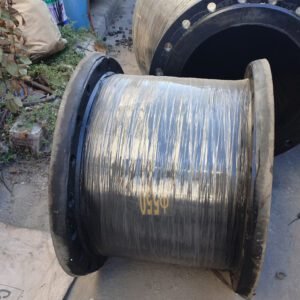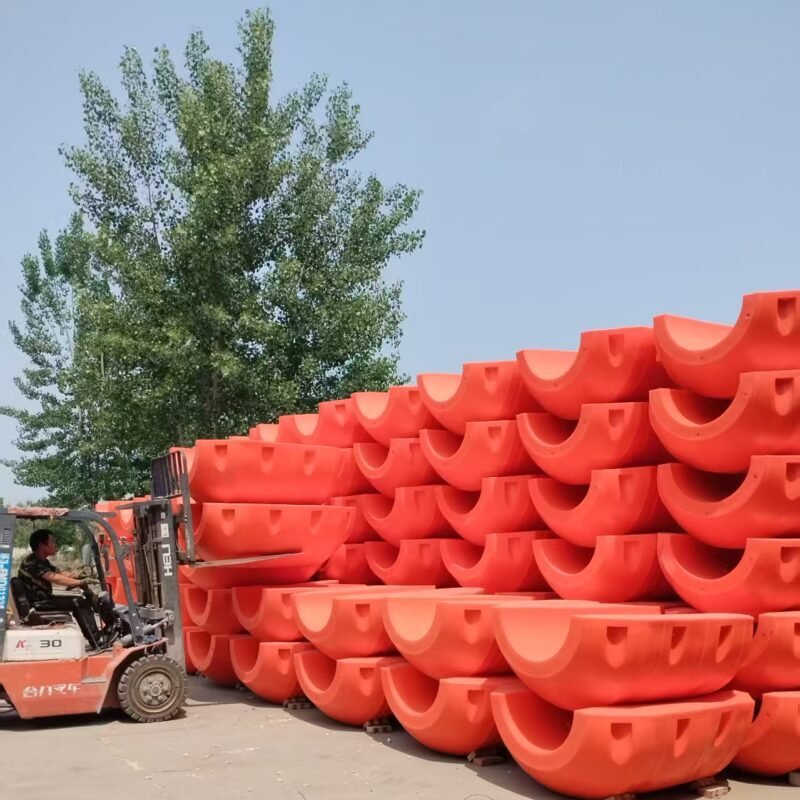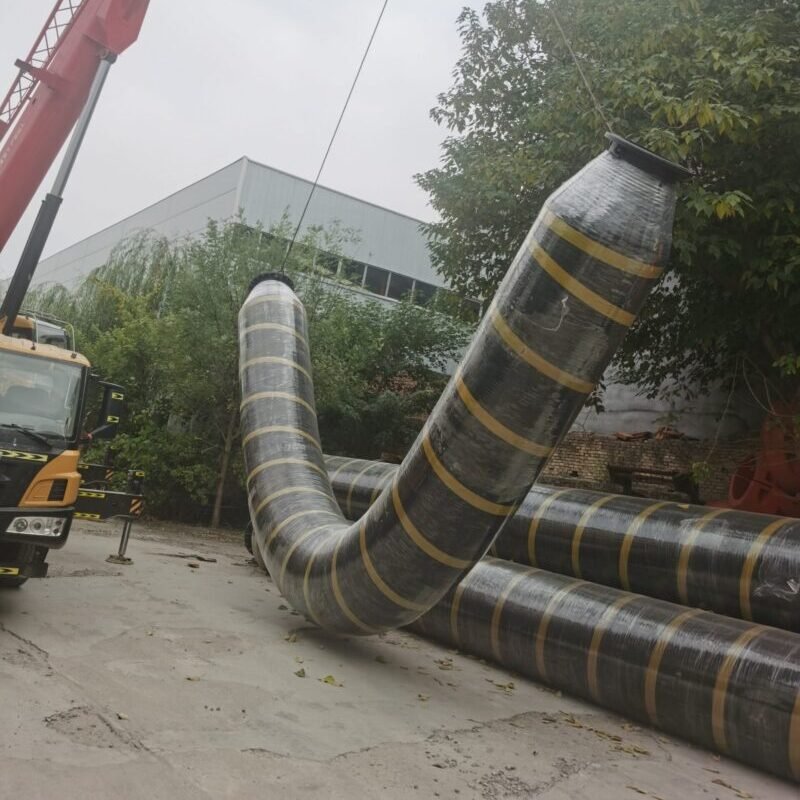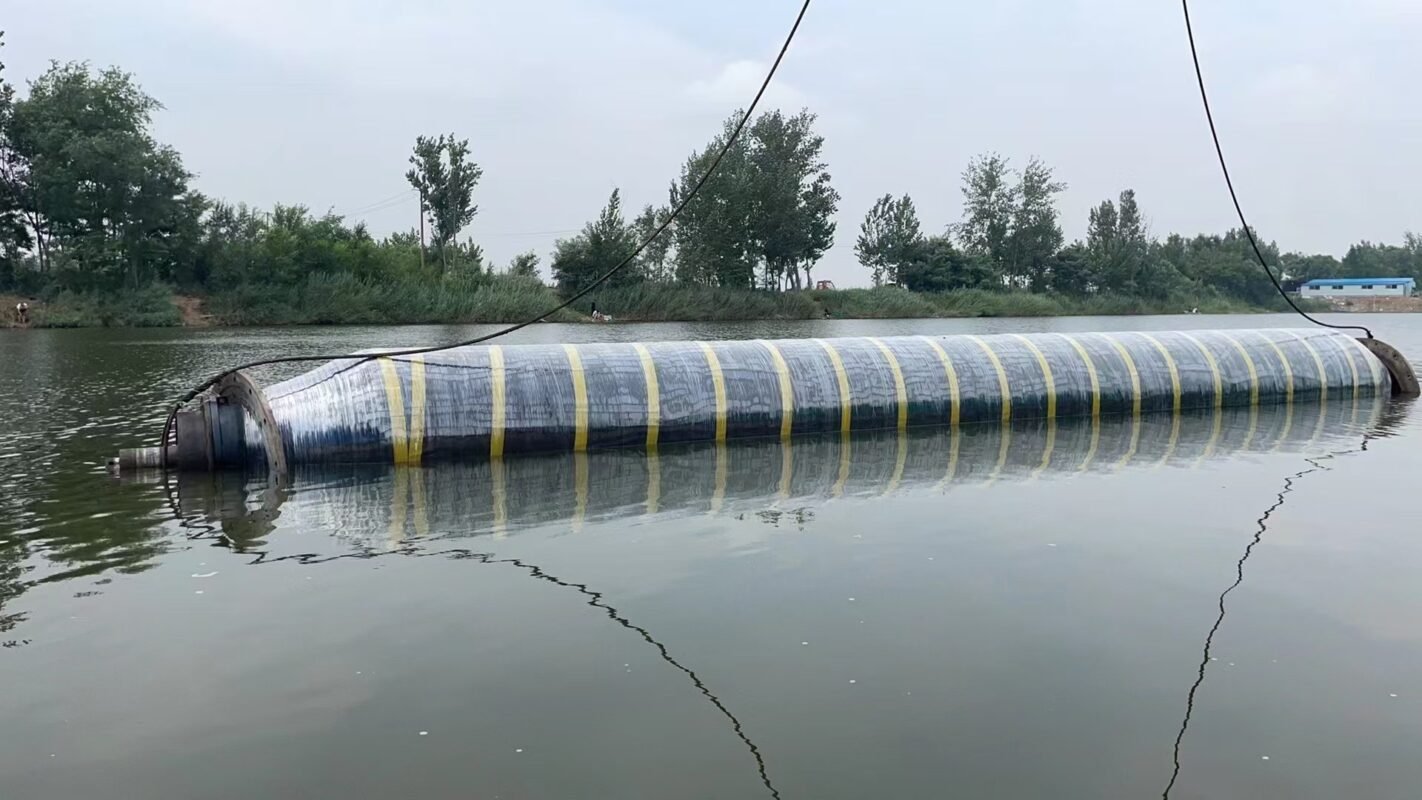Suction And Discharge Rubber Joint

Suction And Discharge Rubber Joint are mainly used at the mouth of the dredging ship. Their function is to effectively absorb the strong vibrations generated during the operation of the pump, preventing other equipment from being damaged or having its working efficiency reduced due to excessive vibrations. They are a key component to ensure the stability of the system.
Functions:Shock and noise reduction:Equipment such as dredging pumps and mud pumps will generate strong vibrations during operation. The rubber soft connection can effectively buffer these vibrations, thereby protecting the entire pipeline system.Displacement compensation:It can adapt to the axial, lateral or angular displacements caused by temperature changes, foundation settlement, or mechanical movements of the pipeline.Corrosion resistance:Since the dredged media usually contain silt, gravel, and corrosive substances, rubber soft connections must have high wear resistance and chemical corrosion resistance.Leakproof sealing:Its flexible connection method can reduce the risk of flange leakage caused by vibrations or displacements.
Structure and Characteristics:Material selection:Inner rubber layer: Generally, high – wear – resistant rubbers (such as NBR, SBR) are used to effectively resist the erosion of silt and sand.Reinforcement layer: It is composed of multi – layer polyester plies or steel wire frames to improve the pressure – bearing capacity.Outer rubber layer: It has anti – ultraviolet and anti – aging properties.Flange connection:Both ends are equipped with steel flanges or rubber flanges, which are fixedly connected to the pipeline system through bolts.
Applications:In dredging ships, it is used to connect the mud pump to the mud pipeline and absorb the vibrations of the pump body.

Selection Precautions:Media characteristics:The appropriate rubber material needs to be selected based on factors such as the size, concentration, and pH value of the media.Working pressure:The working pressure of the selected rubber soft connection must match the maximum pressure of the system, and the impact of pressure fluctuations must be fully considered.
Temperature range:The commonly applicable temperature range is – 20℃ to + 80℃. If it is in a high or low – temperature environment, a special rubber formula is required.Displacement requirements:Select the model with a matching compensation capacity according to the expected displacement of the pipeline.
Maintenance and Replacement:Regular inspections:Check the surface for cracks, bulges, flange corrosion, and inner – wall wear.Avoid over – limit use:
It is strictly prohibited to exceed the rated pressure or displacement range to prevent bursting or disconnection.Replacement cycle:Depending on the degree of wear and harsh working conditions, replacement is generally required within 1 – 3 years.





